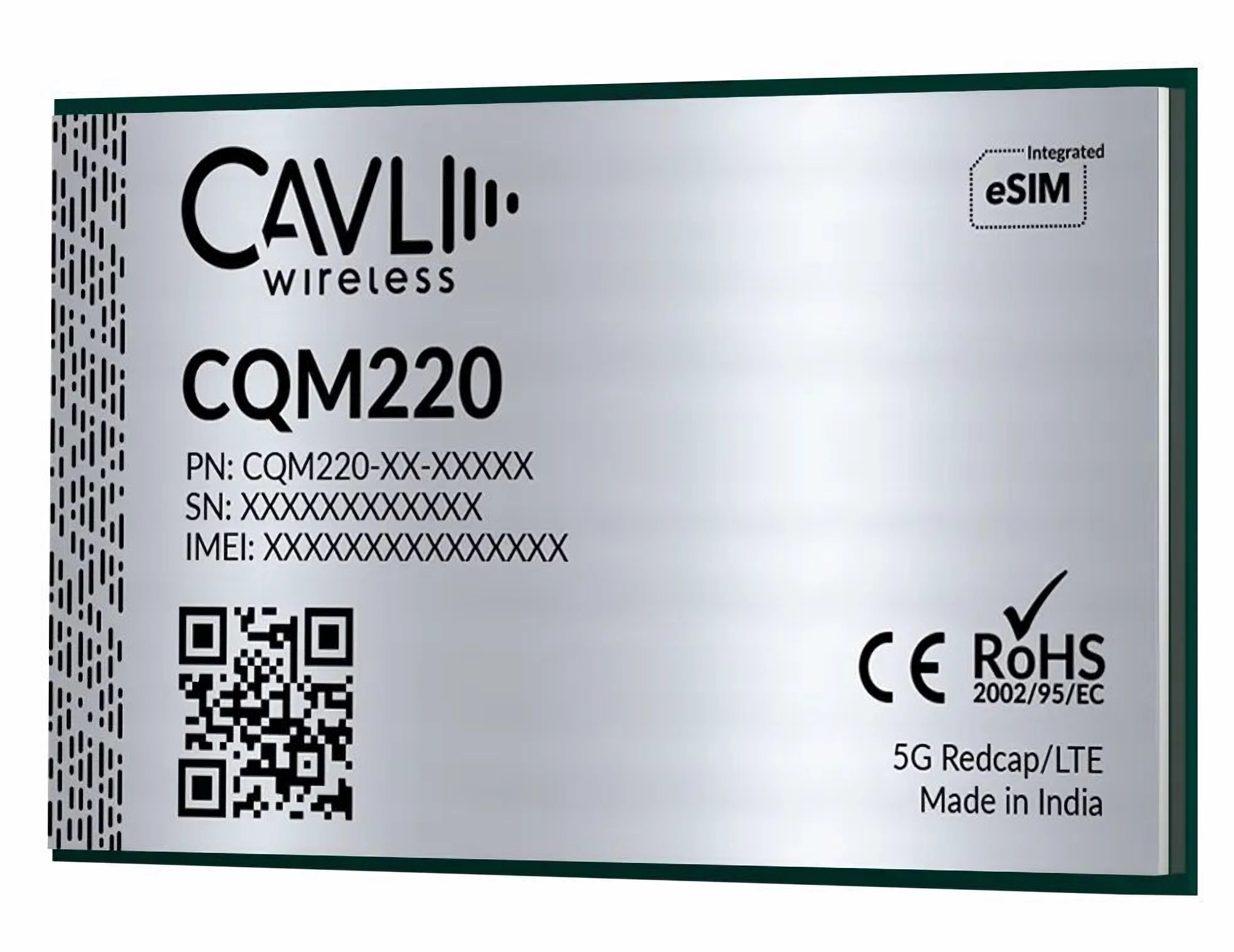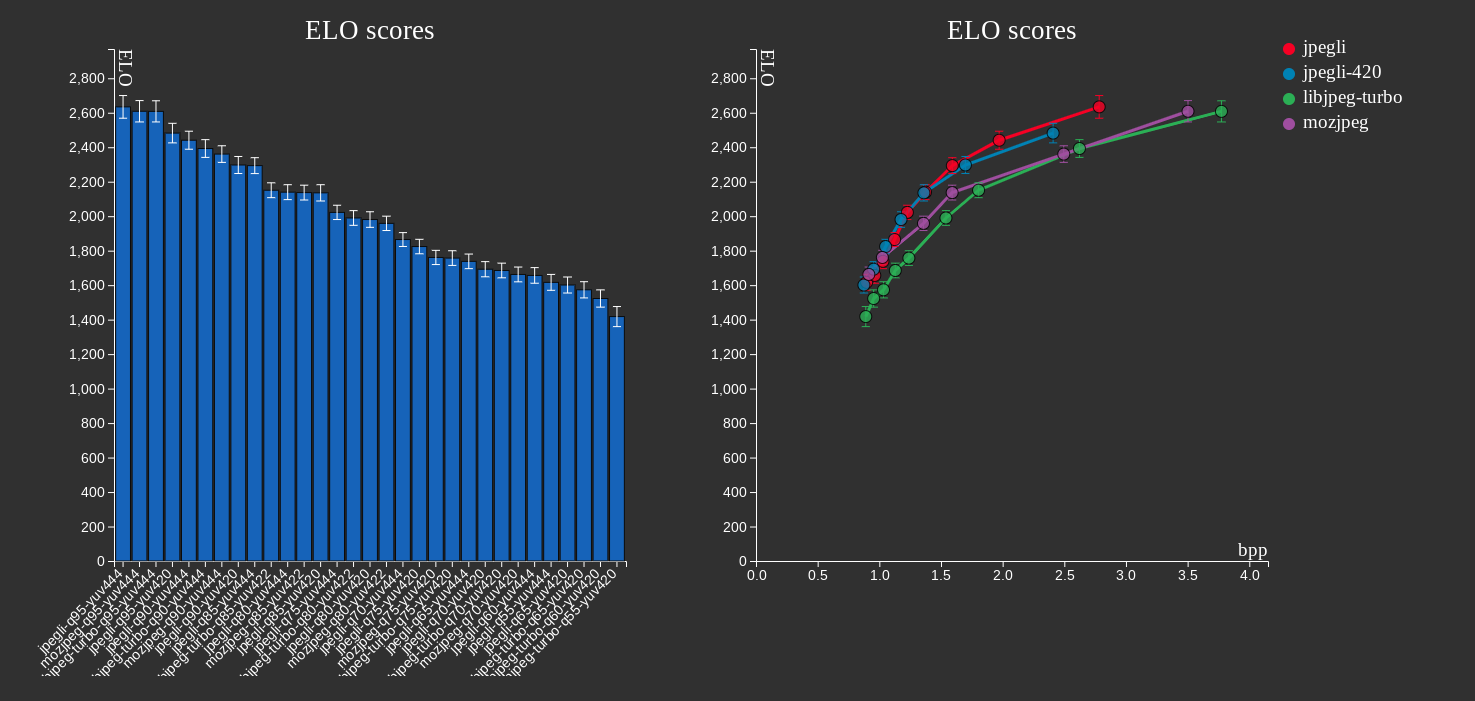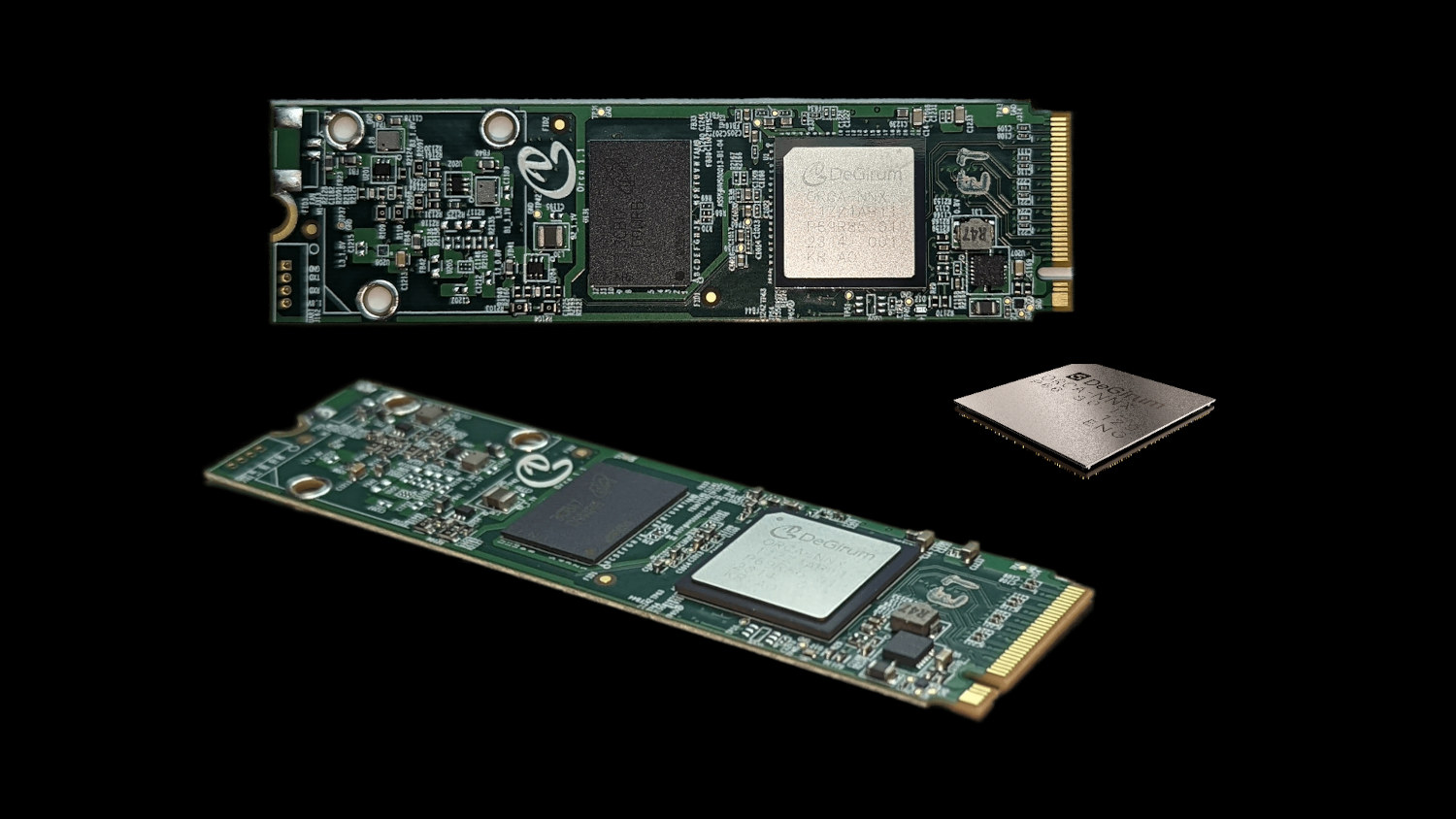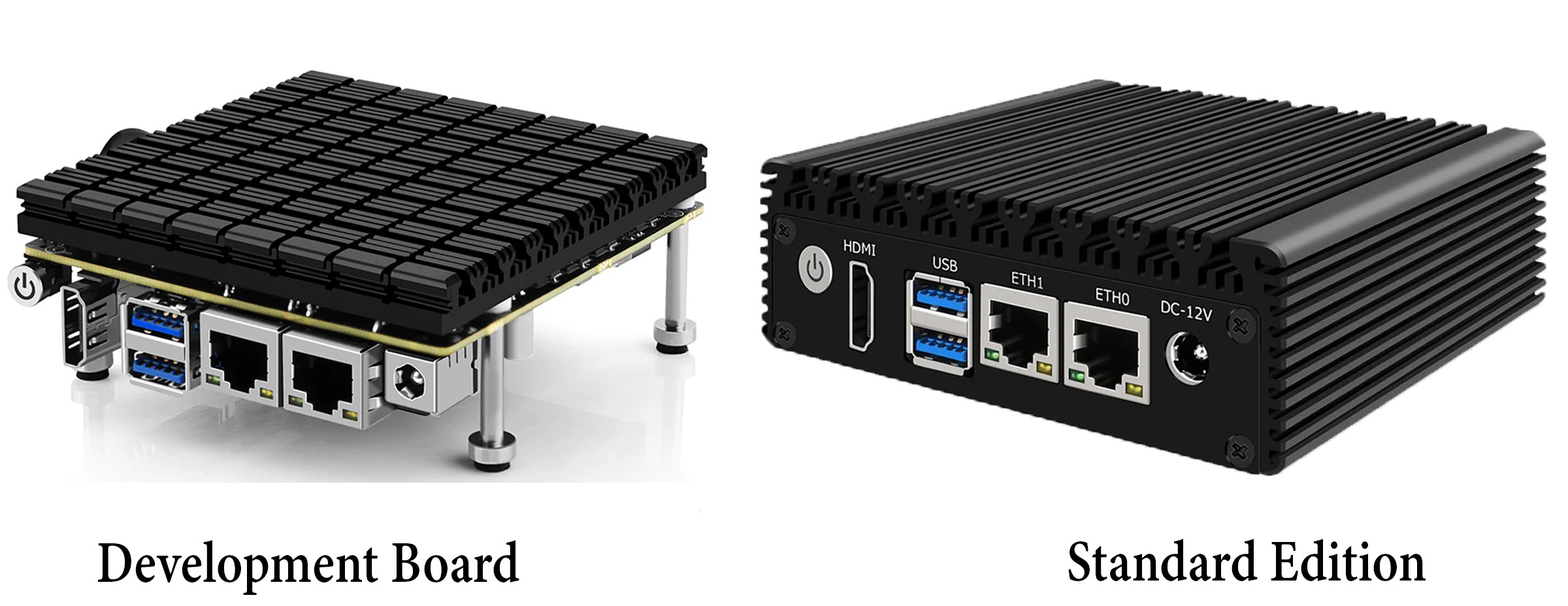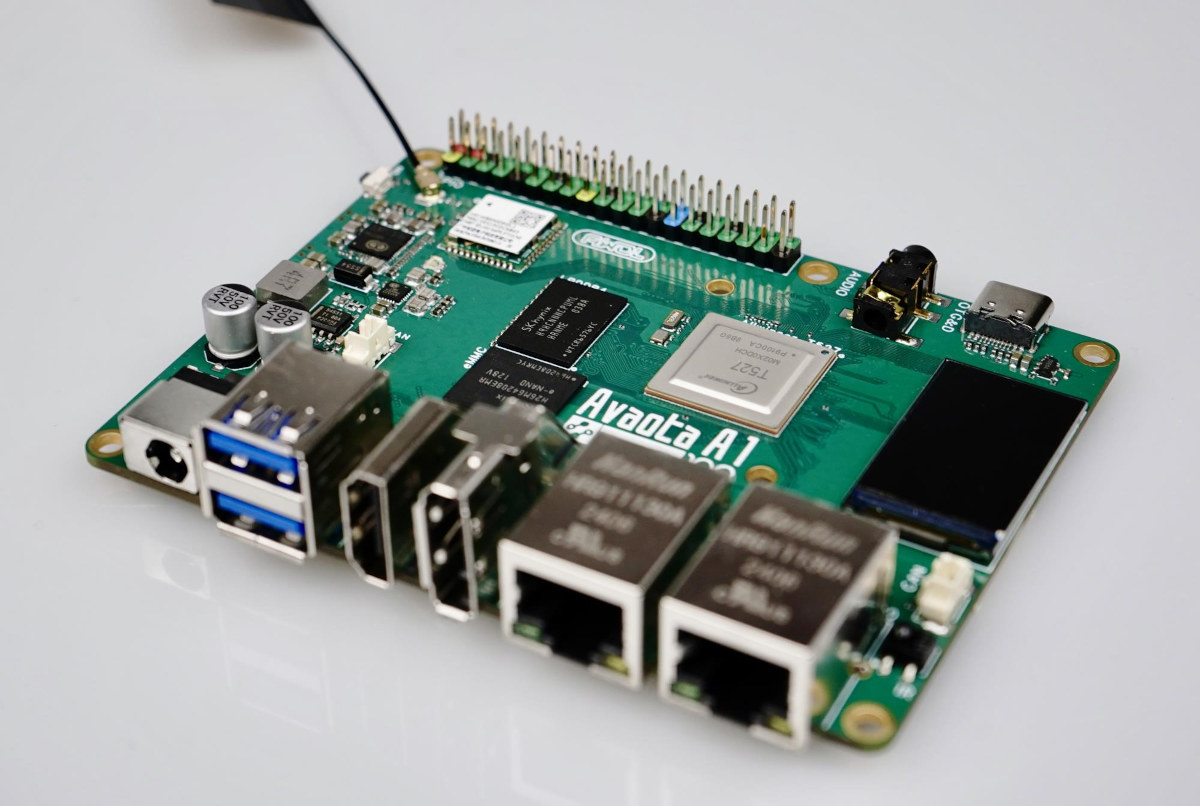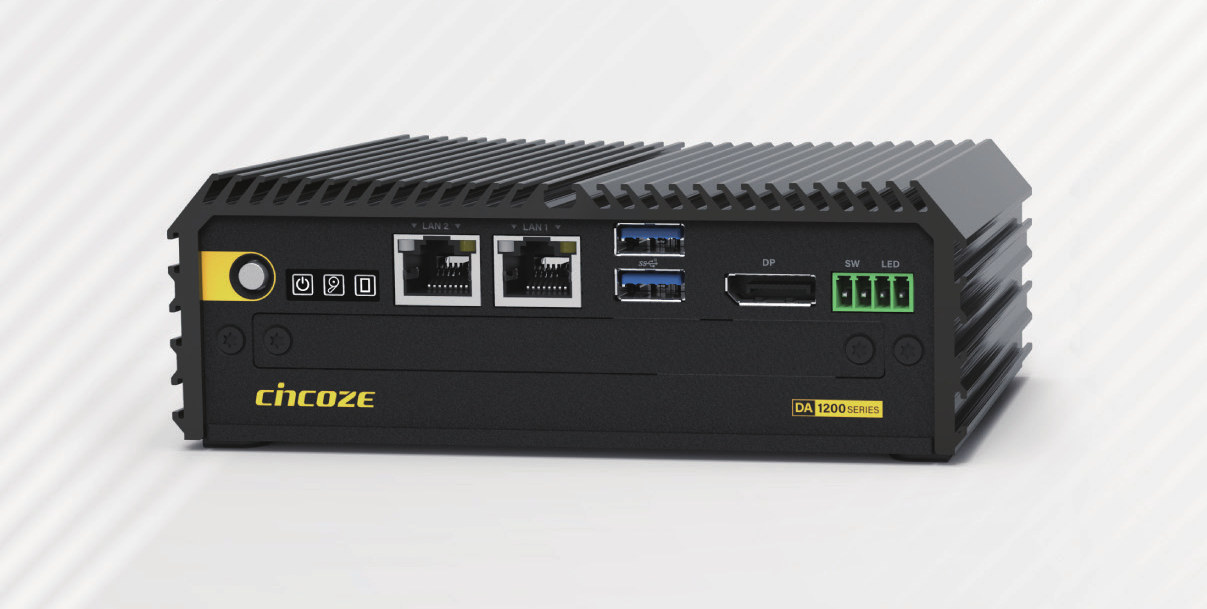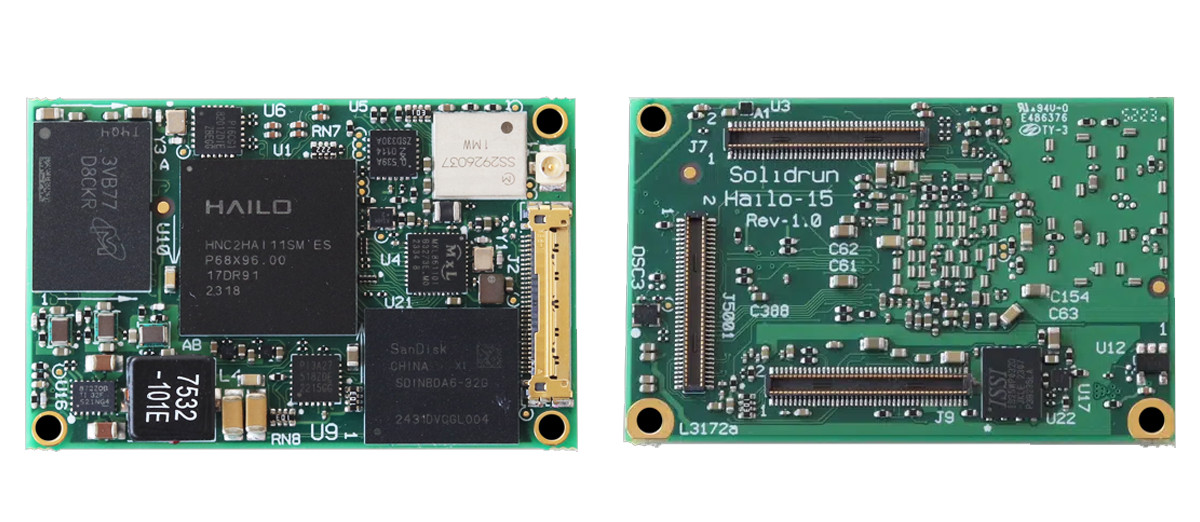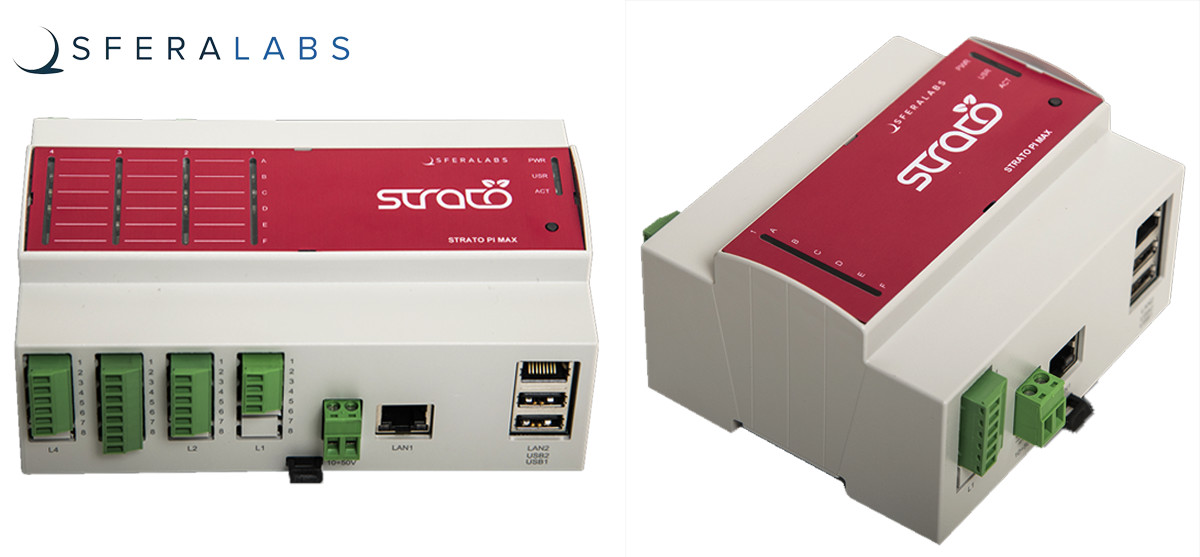At Embedded World 2024, leading cellular IoT module manufacturer, Cavli Wireless, is set to shine the spotlight on their latest product offering, the CQM220 cellular IoT module with support for the 5G RedCap (reduced capability) standard introduced in 3GPP Release 17. The module is available in three different form factors: LGA, M.2, and mPCIe Gen 2. It offers a maximum network speed of 226 megabits per second (Mbps) for downlink communication and 121 megabits per second for uplink communication. Similar to the Cavli C16QS module, it can support an integrated eSIM for global coverage via the Calvi Hubble cloud platform and comes with an optional GNSS (Global navigation satellite system) for tracking applications. Cavli CQM220 specifications: Processor – ARM Cortex-A7 @ up to 1.7 GHz Memory / Storage 256 MB RAM 256 MB flash Radio Radio Access Technology: 5G RedCap 3GPP Release: 17 Fallback: 4G LTE Cat 4 Network Speed […]
Google’s Jpegli open-source library can compress high quality images 35% more than traditional JPEG codecs
Google has released the Jpegli open-source library for advanced JPEG coding that maintains backward compatibility while delivering an up to 35% compression ratio improvement at high-quality compression settings. Google Research has been working on improving the compression of data (Brotli), audio (e.g. Lyra V2), and images with a project such as WebP for many years in order to speed up the web and make it consume less bandwidth for dollar savings and lower carbon emissions. Jpegli is their latest project and aims to improve the compression ratio of legacy JPEG files on systems were modern compression such as WebP may not be available or desirable. Jpegli highlights: Support both an encoder and decoder complying with the original JPEG standard (8-bit) and offering API/ABI compatibility with libjpeg-turbo and MozJPEG. Focus on high-quality results with up to 35% better compression ratio. Just as fast as libjpeg-turbo and MozJPEG. Support for 10+ bits […]
DeGirum ORCA M.2 and USB Edge AI accelerators support Tensorflow Lite and ONNX model formats
I’ve just come across an Atom-based Edge AI server offered with a range of AI accelerator modules namely the Hailo-8, Blaize P1600, Degirum ORCA, and MemryX MX3. I had never heard about the last two, and we may cover the MemryX module a little later, but today, I’ll have a closer at the Degirum ORCA chip and M.2 PCIe module. The DeGirum ORCA is offered as an ASIC, an M.2 2242 or 2280 PCIe module, or (soon) a USB module and supports TensorFlow Lite and ONNX model formats and INT8 and Float32 ML precision. They were announced in September 2023, and have already been tested in a range of mini PCs and embedded box PCs from Intel (NUC), AAEON, GIGABYTE, BESSTAR, and Seeed Studio (reComputer). DeGirum ORCA specifications: Supported ML Model Formats – ONNX, TFLite Supported ML Model Precision – Float32, Int8 DRAM Interface – Optional 1GB, 2GB, or 4GB […]
$101+ CWWK X86-P1 fanless SBC and mini PC is powered by Intel N3050, N3160, or N3700 Braswell SoC
In a previous post, we wrote about the CWWK X86-P5, a $219 fanless mini PC powered by the Alder Lake N-series N100 SoC. However, during a recent search on AliExpress, I stumbled upon the CWWK X86-P1 fanless mini PC and SBC. This compact device offers three variants (N3050, N3160, and N3700) with a TDP of only 6W. It features dual GbE Ethernet, dual USB 3.0, HDMI, and a GPIO header. Additionally, it includes a built-in fan header for improved cooling. It supports Windows 11, Ubuntu 22.04, and networking OS options like pfSense or OpenWrt along with all major x86-based operating systems. CWWK X86-P1 Fanless Mini PC Specification SoC options Intel Celeron N3050 – Dual core Braswell processor @ up to 2.16 GHz with Intel HD Graphics Gen8 – 6W TDP Intel Celeron N3160 – Quad-core Braswell processor @ up to 2.24 GHz with 12EU Intel HD graphics 400 – 4W […]
Avaota A1 open-source hardware SBC is powered by Allwinner T527 octa-core Cortex-A55 SoC
We’ve recently covered MYiR Tech MYD-LT527 industrial development board based on Allwinner T527 octa-core Cortex-A55 AI SoC and noted Orange Pi is working on one that should even get mainline Linux support. The Avaoto A1 offers another Allwinner T527 hardware option with an SBC design that’s fully open-source. The board is equipped with up to 4GB RAM, 128GB eMMC flash, HDMI and DisplayPort video outputs, two gigabit Ethernet ports, a WiFi 6 and Bluetooth 5.4 module, a few USB ports, a 3.5mm audio jack and the usual 40-pin GPIO header for expansion. Avaota A1 specifications: SoC – Allwinner T527 (or Allwinner A527 with Avaota A1C board, not sure what the differences are between the two) CPU Octa-core Arm Cortex-A55 processor with four cores @ 1.80 GHz and four cores @ 1.42GHz XuanTie E906 RISC-V core up to 200 MHz GPU – Arm Mali-G57 MC1 GPU with support for OpenGL ES […]
Cincoze DA-1200 fanless industrial embedded computer features Intel N97 CPU, operates in -40 to 70°C temperature range
Cincoze DA-1200 is a compact, fanless industrial embedded computer powered by an Intel Processor N97 Alder Lake-N CPU with up to 16GB DDR5, and equipped with M.2 Key-B sockets and 2.5-inch SATA slot for storage, dual 2.5GbE, optional WiFi and 5G connectivity, DisplayPort video output, and a CMI connector for expansion. Designed for challenging industrial environments, the mini PC works across a wide temperature range (-40 to 70°C) and wide voltage range (9 to 48V) and complies with the MIL-STD-810H shock and vibration standard, as well as various EMC/EMI standards such as EN IEC 61000-6-2 and EN IEC 61000-6-4. Cincoze DA-1200 specifications: SoC – Intel Processor N97 Alder Lake-N quad-core processor @ up to 3.6 GHz with 6MB cache, 24 EU Intel UHD graphics @ up to 1.20 GHz; TDP: 12W System Memory – Up to 16GB DDR5-4800 via SO-DIMM socket Storage M.2 SSD shared by M.2 Key B Type […]
SolidRun launches Hailo-15 SOM with up to 20 TOPS AI vision processor
In March last year, we saw Hailo introduce their quad-core Cortex-A53-based Hailo-15 AI Vision processor. The processor features an advanced computer vision engine and can deliver up to 20 TOPS of processing power. However, after that initial release, we didn’t find it in any commercial products with the SoC. But in a recent development, SolidRun has released a SOM that not only features the Hailo-15 SoC but also integrates up to 8GB LPDDR4 RAM and 256GB eMMC storage along with dual camera support with H.265/4 Video Encoder. This is not the first SOM that SolidRun has released. Previously, we wrote about the SolidRun RZ/G2LC SOM, and before that, SolidRun launched the LX2-Lite SOM along with the ClearFog LX2-Lite dev board. Last month, they released their first COM Express module based on the Ryzen V3000 Series APU. Specification of SolidRun’s Hailo-15 SOM: SoC – Hailo-15 with 4 x Cortex A53 @ 1.3GHz; […]
Sfera Labs Strato Pi Max DIN rail industrial controllers are built around Raspberry Pi CM4 or Zymbit SCM module
Sfera Labs has recently introduced two new Pi Max DIN rail industrial controllers – the Strato Pi Max XS and Strato Pi Max XL configured with a Raspberry Pi CM4 or the Zymbit Secure Compute Module (SCM). Both have options for different RAM and eMMC flash configurations and can come with or without wireless connectivity. The module also features a Raspberry Pi RP2040 microcontroller that manages tasks such as power management and boot sequence control. Additionally, it enables connections to the CM4 module through I²C, USB, and UART. Strato Pi Max industrial controller specification Base Module – Raspberry Pi Compute Module 4 or Zymbit SCM options. Microcontroller – Raspberry RP2040 dual ARM Cortex-M0+ at 133 MHz. Storage – eMMC, microSD (dual for XL), M.2 PCIe SSD. Connectivity – Wi-Fi, BLE, dual Ethernet ports (GbE and 100MbE). USB – 2x USB 2.0 ports with power control and fault detection. Sensors – 3-axis accelerometer. Cooling – Internal […]


